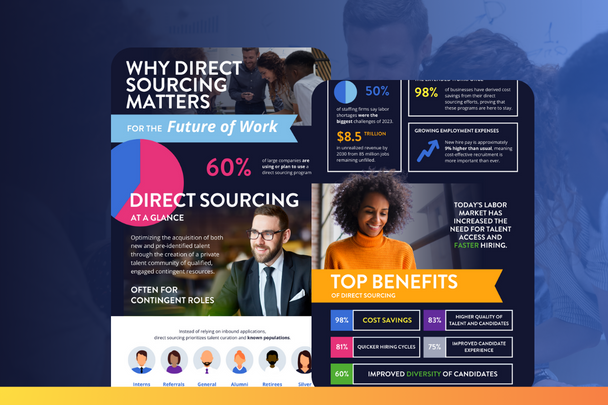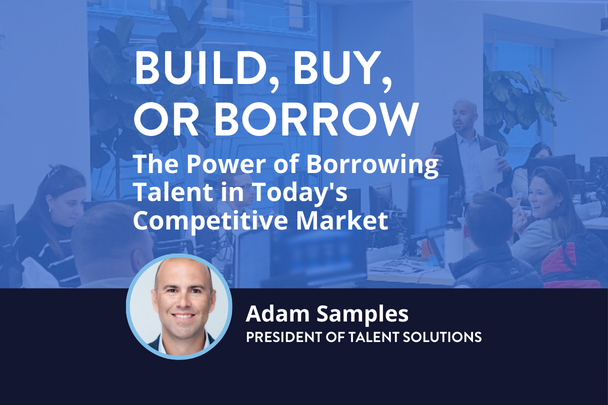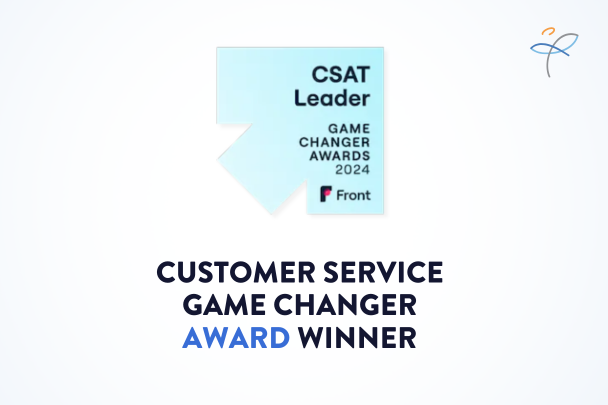In the last year, it’s become more apparent than ever that companies should be revisiting their contingent workforce program planning and management strategies. From the long state of return to office protocols to the mainstream arrival of permanent remote work – and all the hybrid models falling somewhere in between – these changes have had a major impact on the broader external workforce. In addition, companies are reevaluating aspects such their approach to supplier management and on-shore versus off-shore resources. Now is the time to take a long, hard look at your contingent workforce program and consider how these four steps can help you assess the true value of your MSP.
1) Understand your Current State
As you consider your enterprise contingent workforce program, whether internally managed, partnered with a master vendor, or outsourced to a Managed Service Provider (MSP), the key question is whether your current state meets the needs of the program that was built based on prior state. In other words, is it the right time to make incremental changes or enterprise level changes? Part of your decision should be determined by looking at what is currently in-scope vs the total external workforce landscape. Temps and contractors? Check. Interns? Sometimes. SOW workers and people-based projects (1099s)? Occasionally. Generally, if these four categories are areas that an organization is ready to add in-scope, it may be time to look at the market for new solutions.
2) Plan for Change
Once the decision has been made to go to market, several factors should be addressed. Scope, as discussed above, is key. Additionally, approach should be considered. A phased model will make it much easier to design, implement, and operationalize functions not currently being managed by an MSP, and will give time to partner the enterprise and MSP with the right technology and service providers. A phased approach also allows time to build trust within the organization before further expanding the program into new areas. The best MSPs leverage strategic solutions to change management and will partner directly to ensure a collaborative and process-driven transition to future state. Another key component of change is technology. Choosing the right external technologies, particularly a Vendor Management System (VMS), to pair with your own internal technology stack will allow for a smoother implementation process as well as stakeholder and supplier adoption.
3) Set Program Goals
There are several reasons to make a change, with the most critical being cost controls. The majority of these will generally be table stakes for MSP organizations, achieved through rate and supplier rationalization, increased utilization of Referred/Pre-ID workers by way of EOR Payrolling, and overall efficiency and compliance improvements. Other goals may relate to the benefits supplier diversity programs bring, be that building MWBEs and other diverse supplier spend, or tracking and reporting candidates from underrepresented communities who are placed via the MSP and program technology.
At the end of the day, program goals should be shared with relevant stakeholders on a regular basis to ensure all parties are working with the same purpose.
4) Look to the Future
Engaging your MSP, VMS, and internal stakeholder partners is the essential ingredient to take this last piece on. Expansion of EOR Payrolling, appropriate Independent Contractor Compliance, and the implementation of an enterprise Direct Sourcing service channel are ways to ensure the best candidates who are attracted by your brand are kept front and center in the current and ongoing ‘war for talent.’ Key components that will help you establish the most efficient and cost-effective program include:
- Building internal consensus to utilize your brand and build diverse contingent talent pipelines
- Determining the best path forward for curation of that talent community
- Choosing the right technology platform to add to your existing tech stack
- Determining who will have access to manage digital recruitment marketing via your brand
Giving consideration to each of these 4 steps is critical to the success and growth of your contingent workforce program. Interested in learning more about which MSP provider could be the right fit for you? Check out the recently published MSP Solution Advisor by Ardent Partners that named Atrium as a “Vanguard Leader” in the MSP space.








